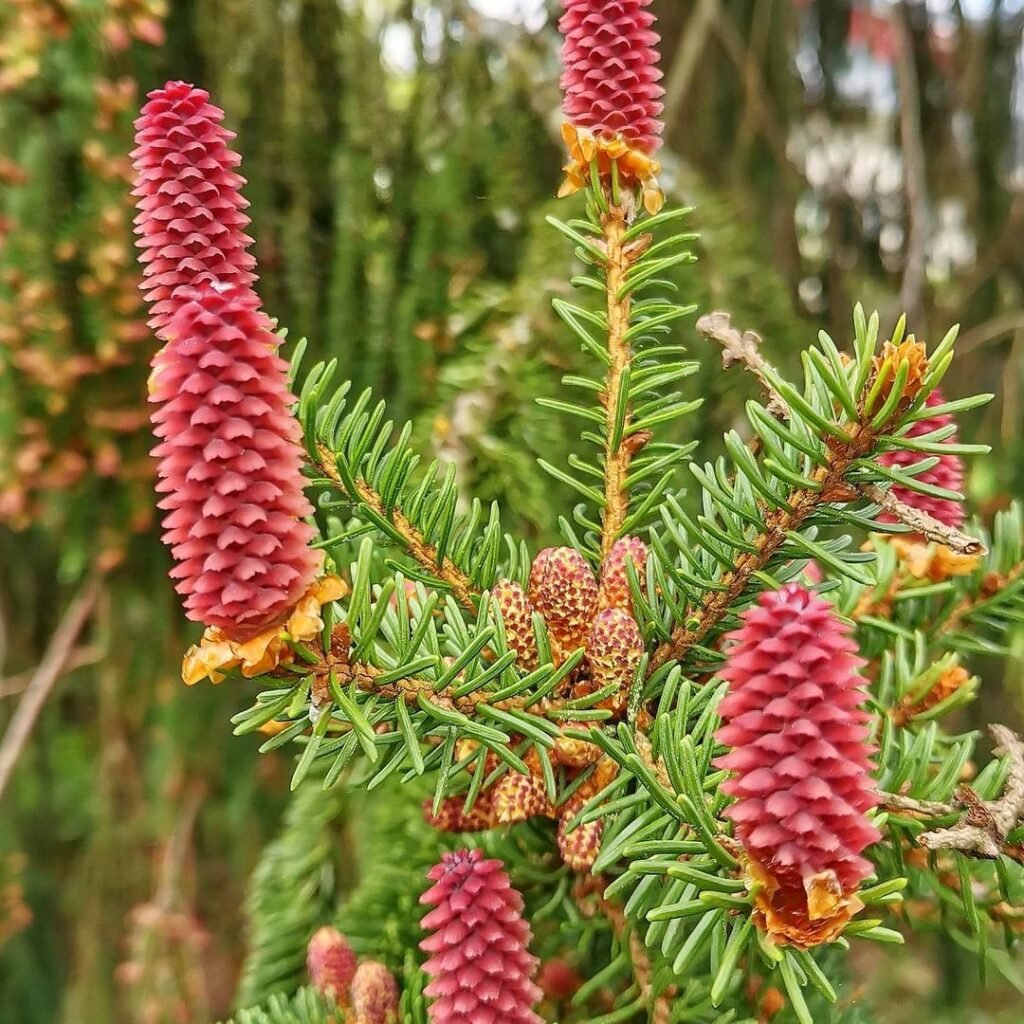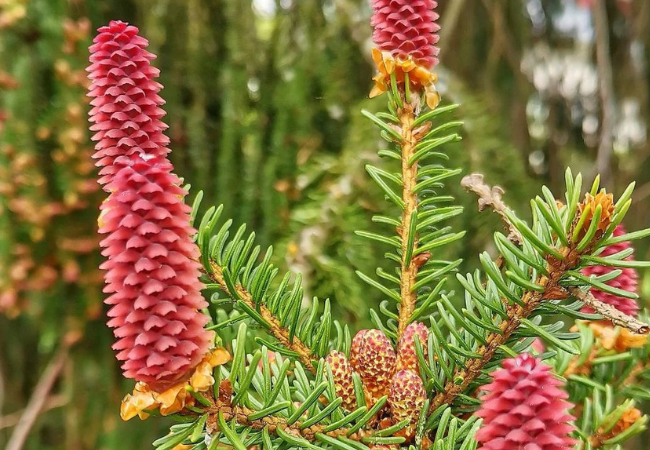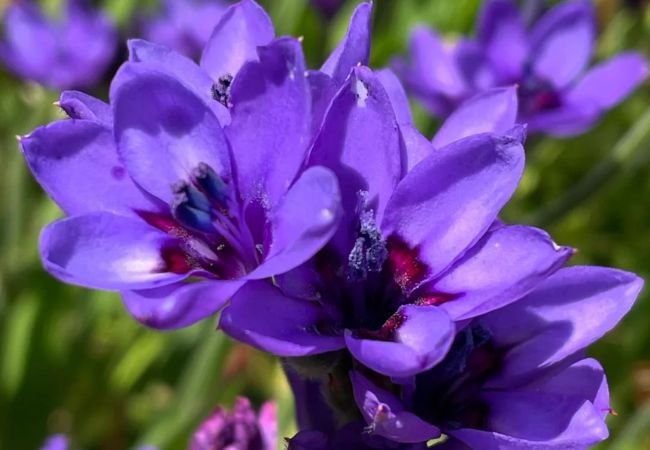Learn about Spruce Flowers: their appearance, role in tree reproduction and importance in nature. Discover interesting facts and uses of these often-overlooked conifer blooms.
Have you ever noticed small, colorful structures on spruce trees in spring? Those are spruce flowers! Many people don’t realize that evergreen trees like spruces have flowers. Let’s explore these fascinating parts of nature.
Here’s an information chart for Spruce trees, focusing on a common species:
| Category | Information |
|---|---|
| Botanical Name | Picea spp. |
| Common Name | Spruce |
| Plant Type | Evergreen tree |
| Hardiness Zone | Zones 2-8, depending on species |
| Sun Exposure | Full sun |
| Soil Type | Well-draining, acidic |
| Watering | Moderate |
| Growth Habit | Pyramidal, conical |
| Height/Spread | Varies by species; commonly 40-100 feet tall, spreads 10-20 feet |
| Special Features | Needle-like leaves, cones, evergreen, used for timber, windbreaks and ornamental purposes |
What Are Spruce Flowers?

Spruce flowers are the reproductive parts of spruce trees. Unlike showy flowers on other plants, spruce flowers are small and easy to miss. They come in two types:
Male flowers (pollen cones)
- Small, soft, and usually reddish or yellowish
- Produce pollen for reproduction
Female flowers (seed cones)
- Larger, upright, and often purplish or green
- Develop into woody cones that hold seeds
When Do Spruce Trees Flower?
Spruce trees usually flower in spring, around April or May. The exact timing depends on the species and local climate. After flowering, female cones take several months to mature and release seeds.
Why Are Spruce Flowers Important?
Spruce flowers play key roles in nature:
- Tree reproduction: They help spruce trees make new trees
- Food source: Some animals eat spruce pollen or young cones
- Ecosystem health: They support local wildlife and plant diversity
Interesting Facts About Spruce Flowers
- Wind pollination: Spruce trees rely on wind to carry pollen between flowers
- Ancient plants: Spruce trees and their flowers have existed for millions of years
- Climate indicators: The timing of spruce flowering can show climate changes over time
Uses of Spruce Flowers and Cones
People have found various uses for spruce flowers and cones:
- Food and drink: Young male cones are sometimes used in teas or syrups
- Medicine: Native Americans used spruce parts for some traditional remedies
- Decorations: Mature cones are popular in crafts and holiday decorations
Spruce Species in the USA
Several spruce species are native to or common in the United States:
- White Spruce (Picea glauca)
- Black Spruce (Picea mariana)
- Blue Spruce (Picea pungens)
- Engelmann Spruce (Picea engelmannii)
Each species has slightly different flower characteristics, but all follow the same basic pattern.
Observing Spruce Flowers
If you want to see spruce flowers for yourself:
- Look in spring: Check spruce trees in your area during April and May
- Use binoculars: Flowers are easier to see up close
- Be gentle: Don’t damage the tree or remove flowers
Spruce Flowers and Forest Health
Healthy spruce flowers are a sign of a healthy forest. They show that trees can reproduce and support local ecosystems. Forest managers and scientists often study spruce flowering patterns to understand forest health and climate impacts.
Spruce flowers may be small, but they play a big role in nature. Next time you’re near a spruce tree in spring, take a closer look. You might spot these hidden gems of the forest ecosystem!
For more gardening tips and plant care guides, visit usagardenhub.com.






